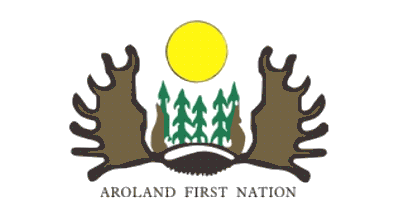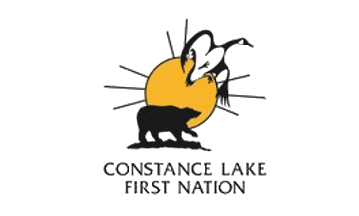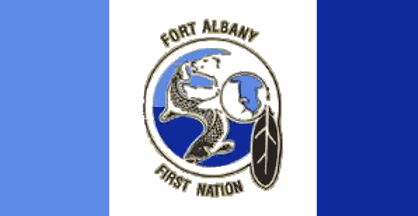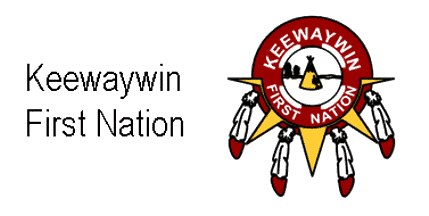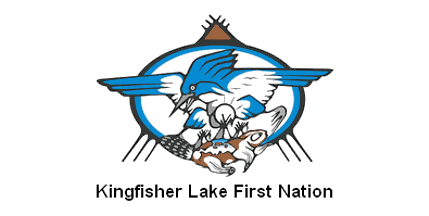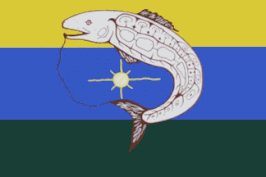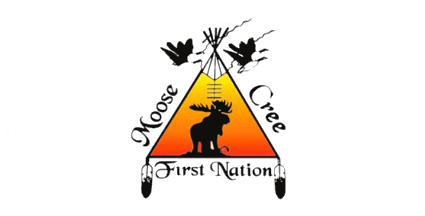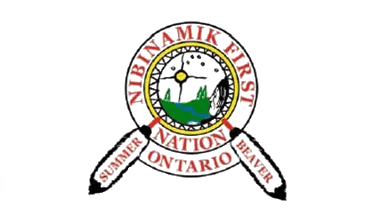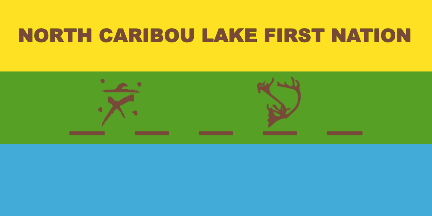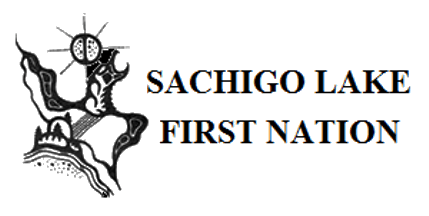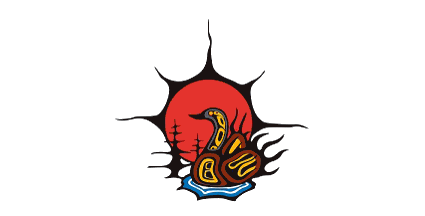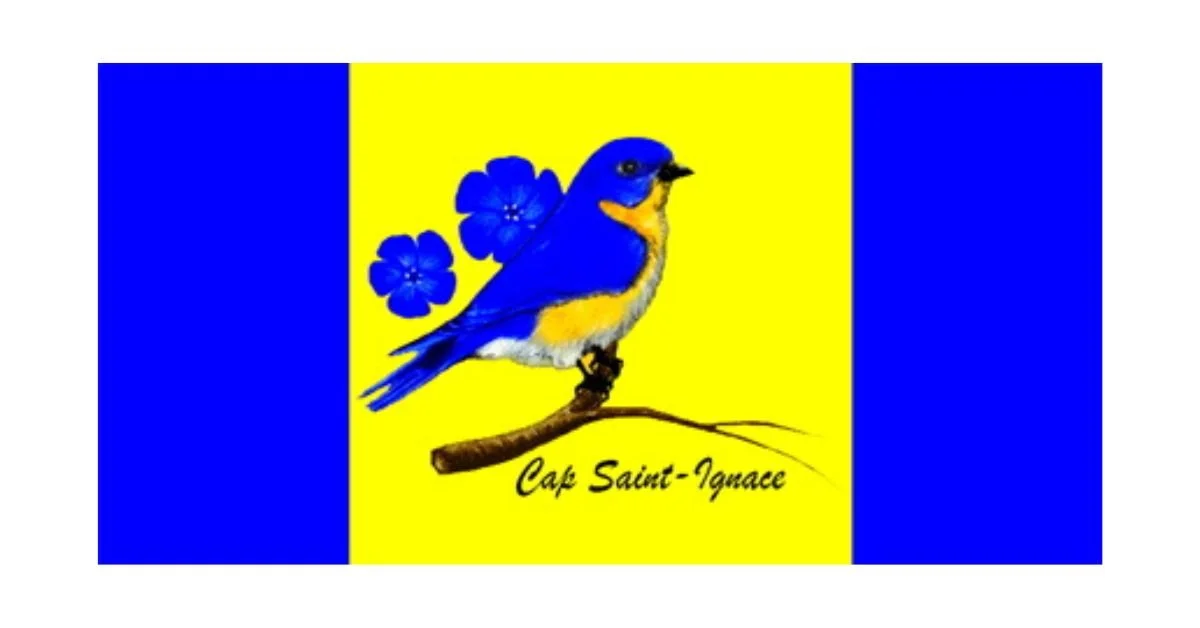Treaty Nine
The Flag of Treaty Nine
The Treaty Nine flag represents the historical agreement between the Crown and the First Nations of northern Ontario, signed in 1905-1906 and later extended in 1929-1930. More than just a banner, it stands as a symbol of Indigenous sovereignty, cultural resilience, and the ongoing struggle for treaty rights. The flag serves as a visual reminder of the promises made within Treaty Nine and the significance of honoring those commitments in modern Canada.
Treaty Nine, also known as the James Bay Treaty, was one of the numbered treaties negotiated between Indigenous nations and the Canadian government. Its primary purpose was to secure land for settlement and resource extraction while guaranteeing Indigenous peoples continued rights to their land, culture, and way of life. However, discrepancies between the oral and written versions of the treaty have led to long-standing disputes. While the written text emphasized land surrender, oral accounts from Indigenous leaders indicate that they understood the agreement as a promise of coexistence, mutual benefit, and continued hunting and fishing rights.
The Treaty Nine flag features a white field with a central emblem that includes stylized Union Jack inside a circular blue border. The blue border contains white uppercase text reading "TREATY NUMBER 9" at the top and "THE JAMES BAY TREATY" at the bottom. Below the emblem, the flag includes the phrase "THE NEXT 100 YEARS" in bold blue capital letters.
The design prominently reflects the historical significance of Treaty Nine, which was signed between the Crown and First Nations in 1905-1906 and later extended in 1929-1930. The Union Jack symbolizes the British and Canadian government’s role in the treaty, while the circular emblem suggests unity, continuity, and the lasting impact of the agreement. The phrase "THE NEXT 100 YEARS" implies a forward-looking perspective, emphasizing the ongoing relevance of Treaty Nine and the need for continued recognition and dialogue regarding Indigenous rights and treaty obligations.
In recent years, the Treaty Nine flag has gained prominence in Indigenous-led movements advocating for land rights, environmental protection, and treaty recognition. It is often displayed at protests, ceremonies, and community gatherings as a reminder of the unfinished work in achieving true reconciliation. The flag also serves as an educational tool, prompting discussions about Canada’s colonial history and the responsibilities of the government to uphold treaty agreements.
Treaty Nine Communities
Communities without a Flag
Flying Post First Nation
Chapleau Cree First Nation
Brunswick House First Nation
Recently Posted
Categories
- Alberta 11
- Armed Forces 16
- British Columbia 6
- Canada 137
- Cities 67
- County / Municipality / Regional District / Township 2
- Government 10
- Historical 2
- Indigenous 18
- International Flags 27
- International Organizations 3
- Manitoba 5
- New Brunswick 4
- Newfoundland 8
- Northwest Territories 4
- Nova Scotia 6
- Nunavut 5
- Ontario 9
- Police 1
- Prince Edward Island 4
- Quebec 23
- Royalty 7
- Saskatchewan 7
- Schools 1
- Sports 5
- Yukon 2


